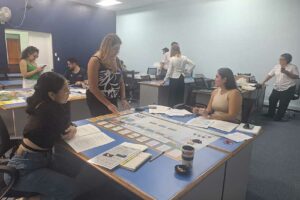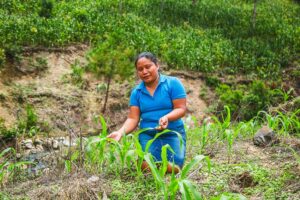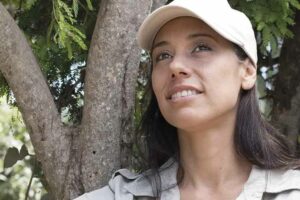Costa Rica presents its Mangrove Ecosystem Map 2021
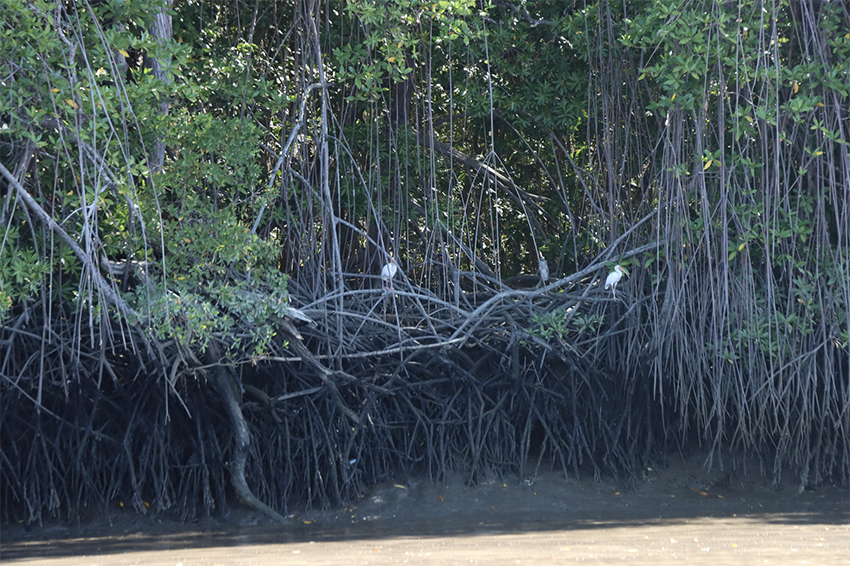
- The country has an official quantification of the extent of its mangroves, which will help identify potential areas for ecosystem restoration.
February 9, 2023. The country's coastal ecosystems are composed of coral reefs, mangrove forests, coastal lagoons and seagrasses, which provide a wide variety of services to society. Due to their economic and environmental importance, the National System of Conservation Areas (SINAC_MINAE) presented this February 9 The official Mangrove Ecosystems Map 2021, thus fulfilling a key pending issue to meet its national management goals, as the map will help identify potential restoration areas for these ecosystems.
SINAC’s National Wetlands Program presented the map to Musonda Mumba, Secretary General of the Ramsar Convention on Wetlands, during her visit to Costa Rica on World Wetlands Day.
Mangroves are considered blue carbon reservoirs, which store three times more carbon dioxide than forests, which is why they are known as heroes in the fight against climate change.
The development of the Mangrove Ecosystem Map 2021 was made possible thanks to the state contribution of SINAC, in conjunction with Conservation International Costa Rica, and with the support of The Pew Charitable Truts (Pew) and the technical contribution of the Climate Action Unit of CATIE (Tropical Agricultural Research and Higher Education Center). The Pew Charitable Truts (Pew) y el aporte técnico de la Unidad de Acción Climática del CATIE (Centro Agronómico Tropical de Investigación y Enseñanza).
"Costa Rica finally has its first national mangrove map, which provides a detailed and accurate description of the country's mangrove ecosystems for the year 2021 and a consistent baseline to monitor future mangrove changes in the country. The idea is to use the maps as a tool for monitoring and evaluating the mangrove ecosystem; to know where to maintain existing coverage and where to increase coverage with restoration activities," said Rafael Gutiérrez Rojas, Costa Rica's Vice Minister of Environment.
He added that SINAC's National Wetlands Program has been promoting their conservation through actions such as the design of conservation strategies, carbon quantification and mangrove rehabilitation and restoration.
Secretary Mumba was pleased that the country now has this tool and noted that it is time for wetland restoration because it is not possible to talk about wetlands without talking about climate change, blue carbon and food security.
Jacklyn Rivera Wong, coordinator of the National Wetlands Program, commented that this is the first time that the country has a map of mangrove ecosystems at the national level and for institutional use, which was built to follow up on national restoration goals, in compliance with the National Wetlands Policy. Offering a technical tool for long-term planning for the restoration of national wetland systems and their responsible use, thus contributing to improving the quality of life of the communities.
Lenin Corrales, researcher of CATIE's Climate Action Unit, indicated, referring to information provided in the map, that mangrove ecosystem coverage for the year 2021 was estimated at 52,802 ha, with the tall mangrove category occupying 79% of the total area, followed by canals and lagoons with 13%. 99.85% is distributed along the Pacific Coast, including Cocos Island, and only 0.15% is found on the Caribbean slope, basically in the Gandoca and Moín sectors.
"Mangroves provide multiple services to society, such as protection against the action of storms, shelter and reproduction of marine species for fishing activities, among others, which contribute to the welfare and safety of coastal communities. In addition, they are highly efficient in nitrogen use and nutrient reabsorption. These systems are among the most productive coastal environments. They produce large quantities of detritus (e.g., leaves, twigs and bark), which are buried in waterlogged sediments, consumed by crabs or, more commonly, decomposed by fungi and bacteria, mobilizing carbon and nutrients to higher trophic levels. These ecosystems are also important blue carbon sinks, incorporating organic matter in sediments and living biomass," noted Corrales.
Tools such as Google Earth Engine (GEE) and Collect Earth Online were used for the elaboration of the map through three steps: 1. creation of forms for the collection of validation and training data, as well as different color compositions and spectral indices on the Sentinel 2, sensor images, to assist in the visual interpretation process; 2. use of the GEE platform to run the classification of the images with the Random Forest. algorithm; and 3. performance of map post-processing operations, editing, visual review and thematic validation.
Additionally, the map was reviewed and validated under the expert criteria of 17 officials from the different conservation areas where the mangrove ecosystem is present in the country.
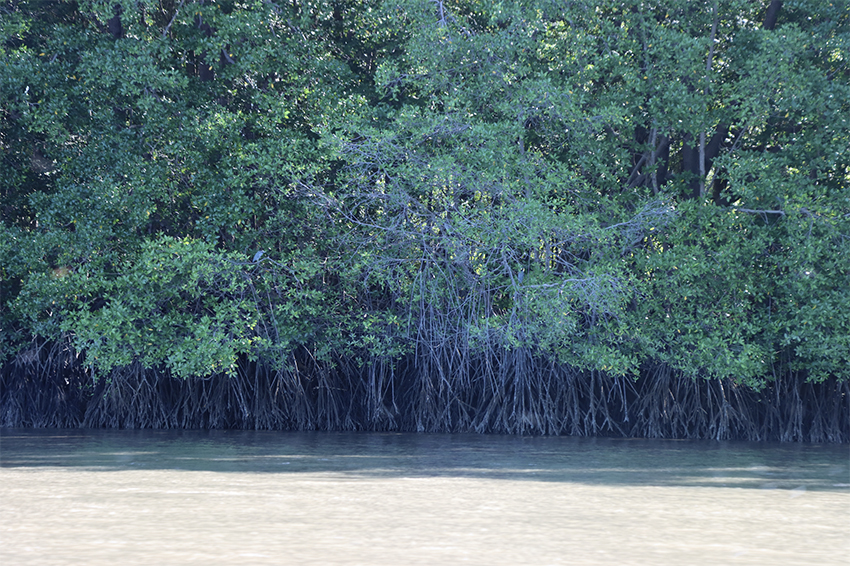
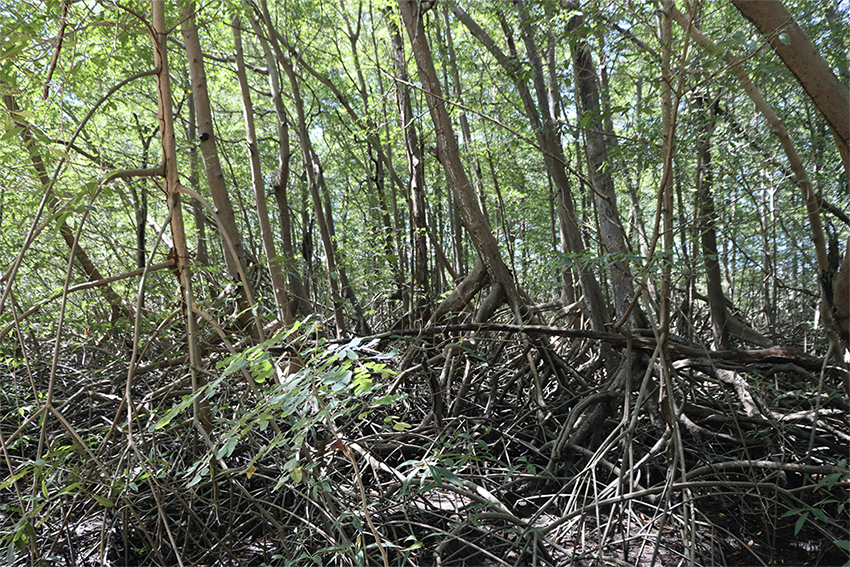
More information:
Lenin Corrales
Senior Advisor
Climate Action Unit
CATIE
Written by:
Karla Salazar Leiva
Information Technology and Communication
CATIE
Reviewed: Communication Office - Press, SINAC-MINAE
Tag:costa rica, manglares, mapa, restauración

